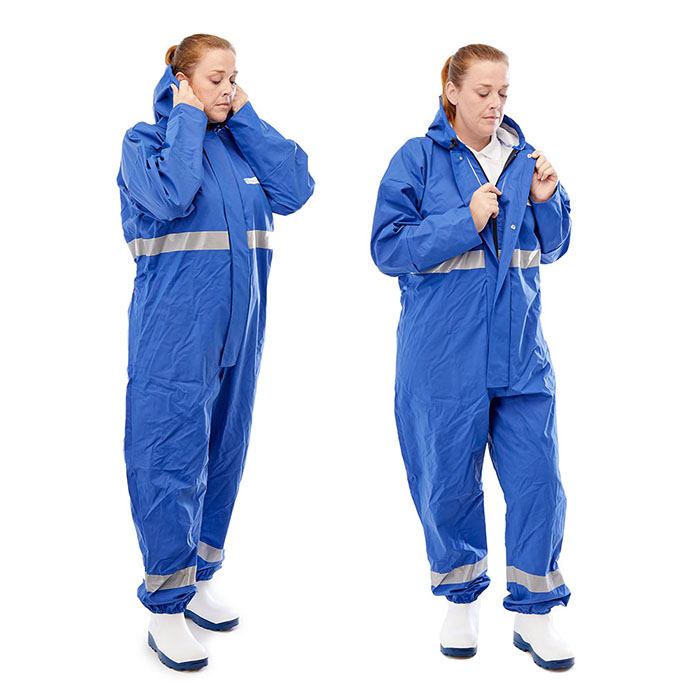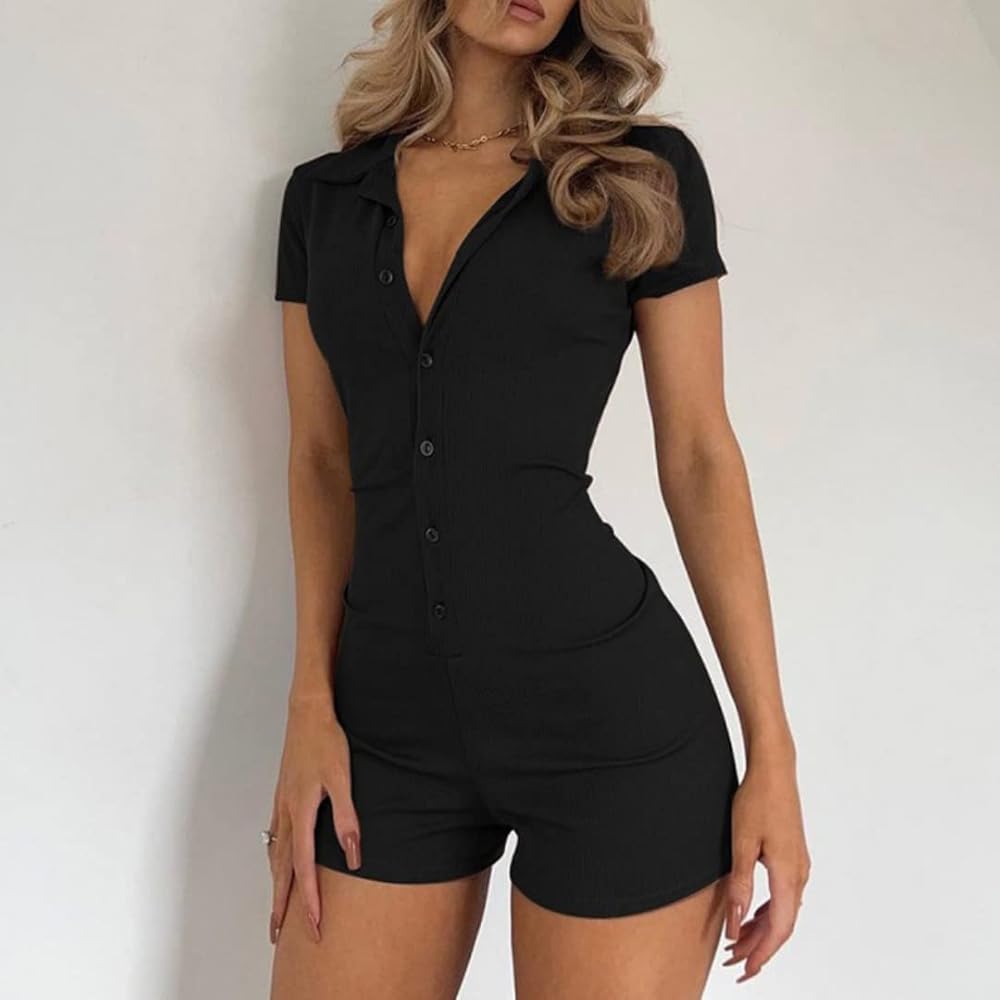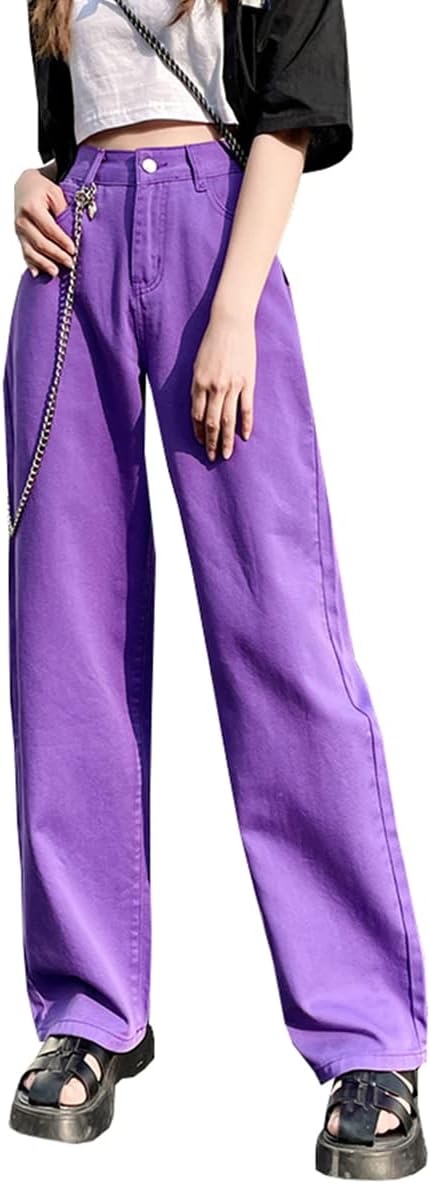The Evolution of Protective Workwear
Overalls vs coveralls! Protective workwear has come a long way since its inception. Initially, it began as simple garments designed to shield workers from the day’s tasks. Today, advancements in fabric technology and design intelligence have transformed these items. They now offer better protection, comfort, and flexibility.

Historically, workwear was bulky and restrictive, but necessity spurred innovation. During the early 20th century, workers needed durable clothing that could withstand harsh conditions. This led to the creation of heavy-duty fabrics that could endure the rigors of physical labor. With the industrial revolution and the growth of various industries, the demand for specialized workwear increased.
Move into the modern era, and you’ll see workwear that incorporates smart materials. These materials regulate temperature, offer moisture wicking, and provide stretch where needed. Now, overalls and coveralls don’t just protect against dirt and grime; they safeguard against chemical spills and thermal hazards, too.
The design of workwear has also evolved. Gone are the days of one-size-fits-all. Workers can now choose garments tailored to their specific job roles and body types. This customization ensures greater comfort and range of motion, which, in turn, can boost productivity on the job.
As we look ahead in 2025, the evolution of protective workwear is still ongoing. Innovations continue to emerge, embracing sustainability and user well-being. Overalls and coveralls now often feature recycled materials and ergonomic designs to reduce environmental impact and enhance worker welfare.
Overalls vs. Coveralls: Understanding the Basic Differences
When selecting workwear, understanding the key differences between overalls and coveralls is crucial. Both offer protection, yet they serve different purposes based on their design.
Overalls, often associated with farmers and artisans, have a bib and straps over the shoulders. This design provides an extra layer over the torso while leaving the arms free. The traditional image of denim overalls is just one variation. Today, they come in diverse fabrics suited for various tasks.
Coveralls stand out as an all-in-one garment. These provide full body coverage from the neck down, including the arms and legs. Mechanics and painters typically wear coveralls to protect against spills and splashes. The full coverage is ideal for jobs that pose a messier challenge or require more safety measures.
In summary, overalls are a solid choice for added protection without restricting arm movement. Coveralls offer extensive coverage and are better for messier or more hazardous work environments. Knowing these basics helps you decide the most fitting protective workwear for your needs.
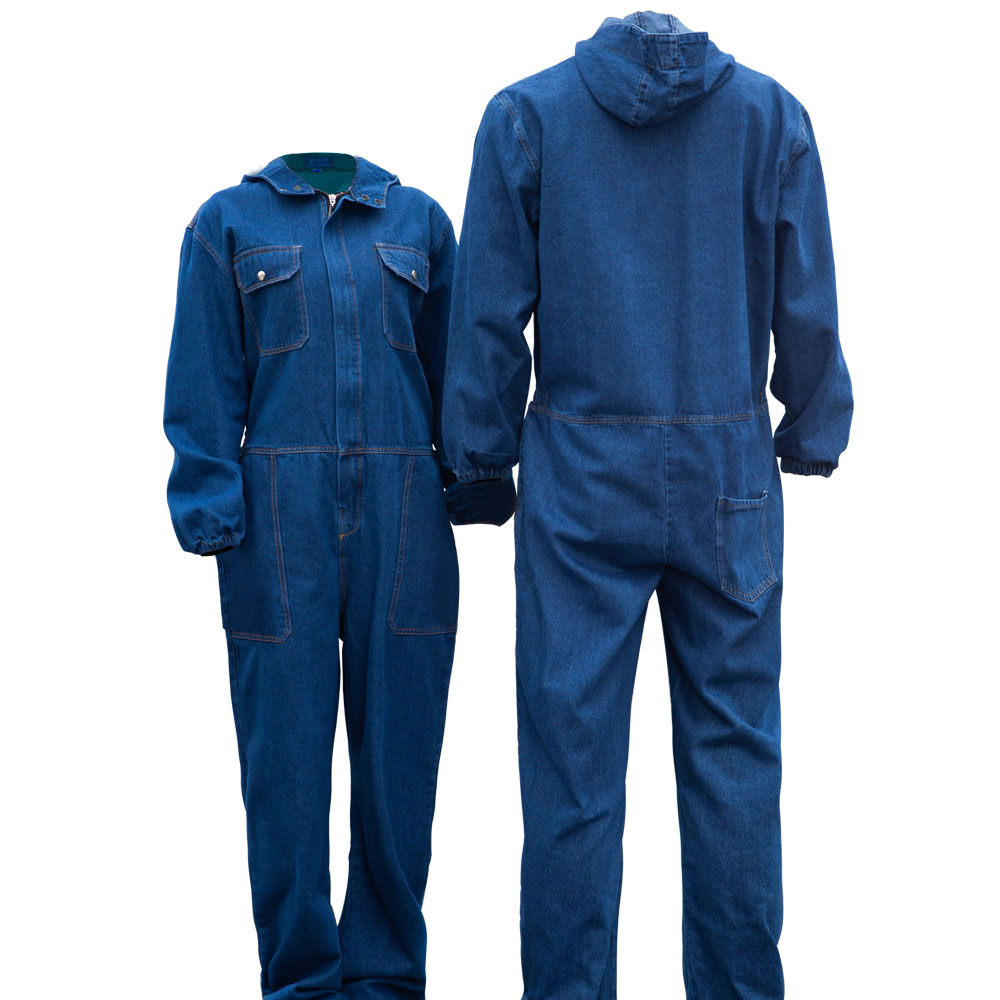
Selecting the Right Material for Your Work Environment
Selecting the right material for your workwear is key. Not all fabrics perform the same under different conditions. Fabric choice can affect your safety, comfort, and how well you can do your job.
Whether choosing overalls or coveralls, you must consider your work environment. For example, if you work with heavy machinery or sharp tools, thick denim or duck cloth offers good durability. These materials resist tears and punctures, hence giving better protection.
If you face high temperatures or need fire resistance, look for flame-retardant materials. These special fabrics can help prevent burns in case of sparks or flames. Such materials are vital in welding or electrical work.
For those in wet conditions, like fishery workers, waterproof materials are essential. They keep you dry, making it easier to work without the discomfort of being soaked.
In chemical industries, you’ll need fabrics that resist spills and splashes. Look for chemical-resistant materials that can protect your skin from harmful substances.
It’s also essential to consider breathability, especially for long hours. Lightweight and breathable fabrics like cotton blends prevent overheating and allow sweat to escape. These materials are preferable in moderately hazardous but hot conditions.
Think about the tasks you perform. Some jobs require stretchable fabrics for ease of movement. Fabrics with a bit of stretch or elastic properties support a wide range of motions.
Overall, choose materials that align with your work environment and safety needs. The right workwear material not only contributes to your protection but also to your overall productivity and comfort on the job. Choose wisely and always prioritize safety.
Application and Industry Use-Cases
Selecting overalls vs coveralls depends on industry demands and personal tasks. Different jobs call for specific features in workwear. Here’s how overalls and coveralls match up to various industries.
Farming and Agriculture
In farming, overalls are a top pick. They shield against minor hazards. They also leave arms free. This freedom is vital for tasks like planting or machine operation. Overalls offer an extra layer over regular clothes. This keeps the base clothing cleaner.
Automotive and Painting
Mechanics and painters often choose coveralls. They cover the body fully. This prevents paint or oils from staining clothes. Full coverage is crucial for tasks with higher mess risks. Also, coveralls afford protection against minor scrapes or spills.
Construction and Engineering
For construction workers, coveralls offer more safety. They protect from head to toe. Dust, debris, and spills are common in these industries. Durable materials enhance protection in such environments.
Laboratory and Chemical Work
Coveralls excel in chemical-related fields. They guard against spills and splashes. Chemists need materials that can resist chemical permeation. Coveralls provide this safeguard.
Outdoor Utility and Maintenance
Workers in outdoor settings choose overalls. They are ideal for layering during weather changes. Overalls allow for ease of motion. Workers can move freely to perform repairs or installations.
Matching the right overalls or coveralls to the job is key. Choose based on your industry’s safety and comfort demands.
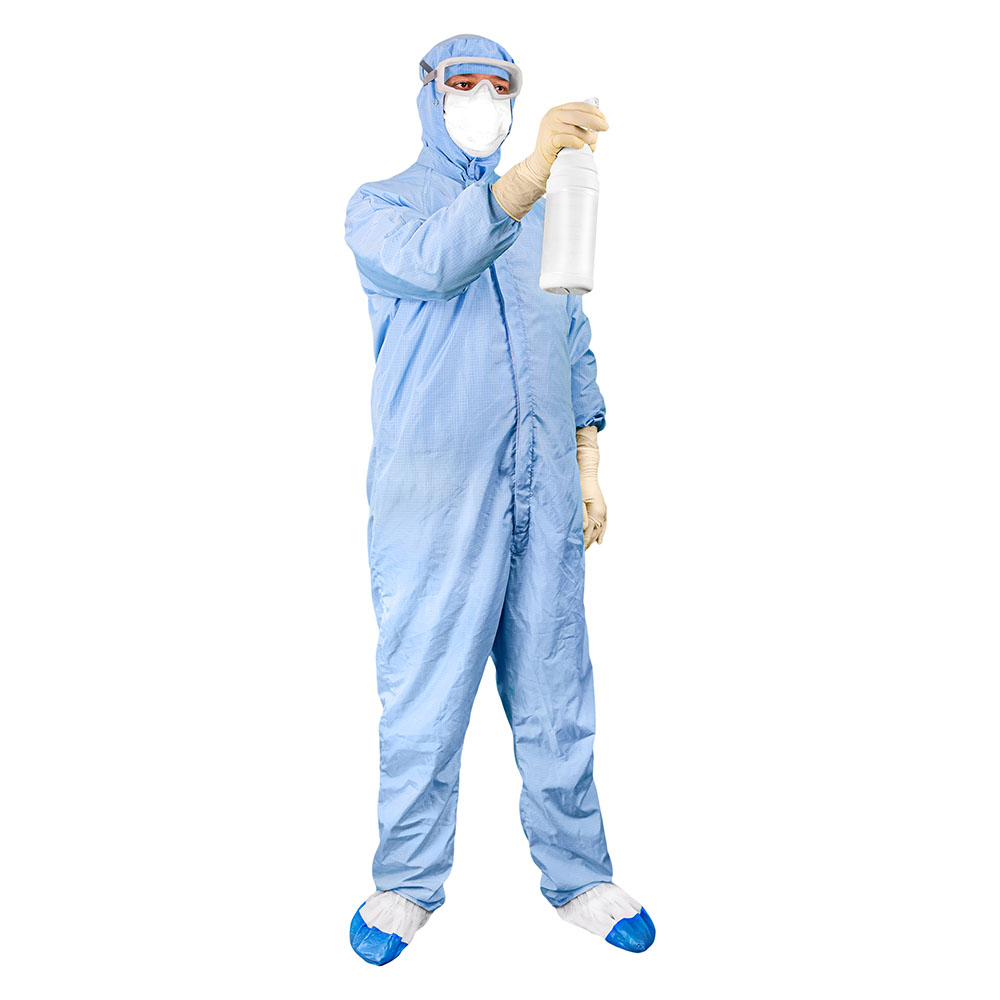
Design Features: Comfort, Durability, and Mobility
When it comes to workwear, the design components of comfort, durability, and mobility are critical. Here are the aspects to consider when comparing overalls vs coveralls.
Comfort
Comfort in workwear contributes to fewer distractions and improved focus. Overalls have a looser fit around the legs and abdomen, offering breathability. They don’t constrict the body, making them suitable for long hours of work. Coveralls, although more extensive in coverage, now feature adjustable elements. They have elastic waists or ventilated back panels. These adjustments enhance comfort during extended use.
Durability
Durability ensures your workwear withstands daily wear and tear. Both overalls and coveralls can be highly durable, depending on the material. Reinforced seams and heavy-duty zippers are common features. These strengthen high-stress areas. Pockets and knee pads made from tough fabrics like Cordura can add durability where needed.
Mobility
Mobility is key in any work environment. Overalls often provide good movement due to their design. Even coveralls now come with gusseted crotches or pleated backs. Such features allow for a full range of motion, important when reaching, bending, or crouching.
These design considerations — comfort, durability, and mobility — are essential. They help determine the best workwear for your specific needs. Incorporate these points into your decision-making process for a solid choice in protective apparel. Keep these factors in mind for both safety and task efficiency.
The Role of Safety Standards in Work Attire Selection
Safety standards play a pivotal role in choosing work attire. They set baseline requirements for protection in diverse work environments. When considering overalls vs coveralls, you must refer to these standards to ensure compliance.
Personal Protective Equipment (PPE) rules influence material and design choices. For example, the American National Standards Institute (ANSI) and the Occupational Safety and Health Administration (OSHA) provide guidelines for protective clothing. These rules cover fire resistance, chemical exposure risks, and more. Compliance not only ensures worker safety but also can mitigate legal risks for employers.
Look for workwear that meets relevant safety certifications. The tags or product descriptions should indicate compliance with standards such as ASTM (American Society for Testing and Materials). These details can be critical, particularly in high-risk jobs like electrical work or firefighting, where protective qualities like fire retardancy are mandatory.
Work environments with minimal hazards may not require certification-rated gear. However, knowing the standards can aid in understanding the level of protection needed. Use this knowledge to navigate the array of overalls and coveralls available. By adhering to safety standards, you ensure optimal protection and peace of mind while on the job.
Innovations in Workwear: Overalls and Coveralls in 2025
In 2025, workwear has reached new levels of innovation. Overalls and coveralls now boast advanced features. These enhancements focus on safety, efficiency, and sustainability. Let’s delve into the latest trends shaping the future of work attire.
Materials That Think Smart
Fabrics are getting smarter. Think materials that adapt to temperature changes or regulate body heat. These keep workers cool or warm, depending on the environment. Some fabrics now have the ability to repel water, oil, and stains. This means overalls and coveralls stay cleaner for longer.
Enhanced Safety with High-Tech Features
Safety is a top priority. Workwear now often comes with built-in safety tech. Reflective elements that are highly visible at night and GPS locators for remote work sites are in use. Some garments have sensors that alert to hazardous conditions or overexertion.
Sustainability in Every Thread
There is a shift towards eco-friendly materials. Recycled plastics and organic fabrics are common in the newest workwear. Makers focus on reducing carbon footprints. They ensure garments are durable and functional without harming the planet.
Customization and Personalization
Customized workwear is in demand. Workers want garments that fit well and suit their roles. Overalls and coveralls now come with more size options and styles. Users can choose features based on their job requirements and personal preferences.
Easy Care and Maintenance
Workwear is easier to care for now. Fabrics are designed to be wrinkle-free and machine washable. Some are made to resist shrinking and fading. This means they look good and function well, day after day. Less time on garment care translates to more time on the job.
These are the innovative changes in workwear for 2025. Overalls and coveralls are not just about protection. They bring smart technology, sustainability, and personalized comfort to workers everywhere.
How to Properly Maintain and Extend the Life of Your Workwear
Maintaining your workwear properly ensures that it lasts longer. Here are tips to keep your overalls vs coveralls in top shape.
- Read the Care Label: Always check the care label for washing and drying instructions. This will prevent damage and shrinkage.
- Regular Washing: Soil and stains break down fabric over time. Wash your workwear regularly to avoid this.
- Use the Right Detergent: Opt for mild detergents. Harsh chemicals can degrade fabric quality.
- Avoid Bleach: Bleach may weaken fabric fibers. Skip it unless the care label says otherwise.
- Air Dry When Possible: Air drying is gentle on fabrics and can reduce shrinking and wear.
- Iron with Care: If ironing is necessary, use the correct heat setting to prevent scorching.
- Repair Tears Promptly: Fix small tears and rips to avoid larger issues.
- Rotate Garments: Rotating clothes minimizes wear and tear, extending their lifespan.
- Store Correctly: Keep overalls and coveralls in a cool, dry place. Avoid damp storage areas.
By following these simple guidelines, you can ensure that your workwear stays durable and protective for longer. Regular maintenance not only keeps the garments functional but also supports a professional appearance on the job.
